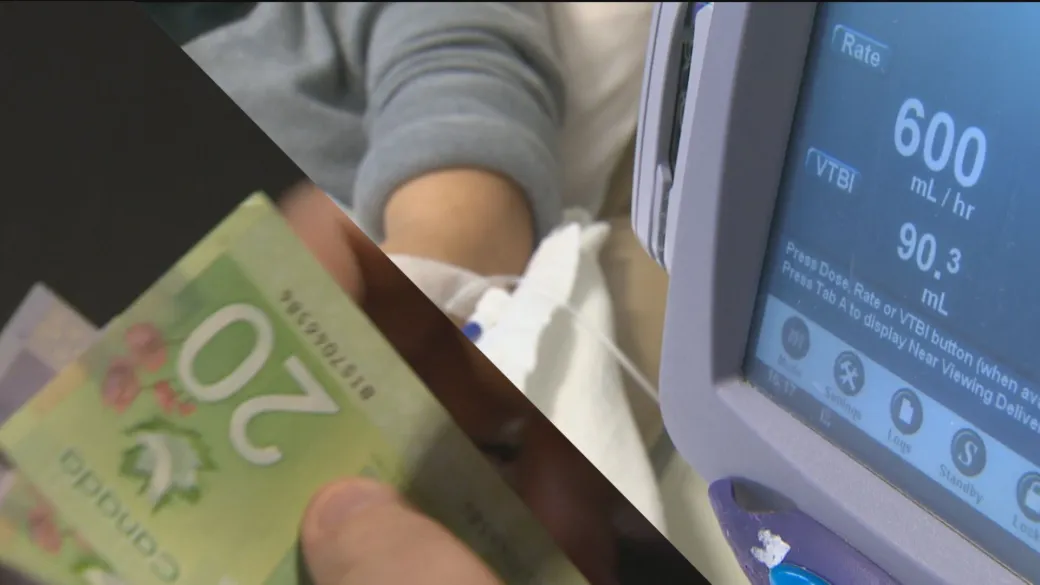

Sandra Hojlo loves her new ‘do.

“I can actually put styling products in my hair now,” she said with excitement.
In April, Hojlo was declared cancer-free after receiving Manitoba’s first CAR-T cell transplant, a revolutionary kind of treatment. Her lymphoma is unlikely to return. But her curly hair has.
“It feels surreal,” she said.
Hajlo lives with her husband Sig Trautwein in Winnipeg Beach. In the nearly 10 years since she was diagnosed, the couple has made countless trips to Winnipeg for treatment.
“We spent a lot of money on gas,” Hojlo said.
Hojlo worked as an airport screening officer, but had to go on disability to pursue treatment.
“I probably lost close to maybe 70 per cent of my wages being on short-term disability,” she said.
Trautwein retired early to be her full-time caregiver. The only reason they stayed afloat financially was due to Hojlo’s medical insurance through work, and the fact they’d already paid off their house.
“That’s why we can afford this,” said Trautwein. “Otherwise, with the loss of income — it’s about $3,000 a month of net income we lost because of her disease — I would have to resort to selling the house and maybe get a cheap apartment or something.”
It’s a story the Canadian Cancer Society hears often.
“We hear oftentimes when it comes to cancer drugs that people are making real, real difficult decisions. They are choosing to forgo aspects of their cancer treatment,” Director of Advocacy Kelly Wilson Cull said.
A new report details the out-of-pocket costs patients and caregivers incur over the course of a patient’s life (an average of $32,778.00). The report found the societal cost of cancer to be $37.7 billion in 2024, with patients and caregivers paying about 20 per cent, or roughly $7.5 billion.
“I think this is something that also surprises a lot of Canadians when they’re facing a cancer diagnosis,” said Wilson Cull. “The cost of prescription drugs, the cost of drugs that are associated with your cancer treatment are not always necessarily covered by public insurance programs.”
Wilson Cull adds coverage can also vary by province. With advances in treatment, more and more medications are offered in pill form, which means more time out of the hospital. But medications administered in hospital are largely covered, while take home prescriptions are not.
“We’re urging all levels of government to do more when it comes to supporting cancer patients,” she said.
While Hojlo says it’s “surreal” to finally be cancer-free, she knows other patients may not be as financially stable as she was when navigating treatment.
“If we have to go without something, it’s the sacrifices you choose to make,” she said. “The fact that I’m still here… it’s worth gold to me.”



